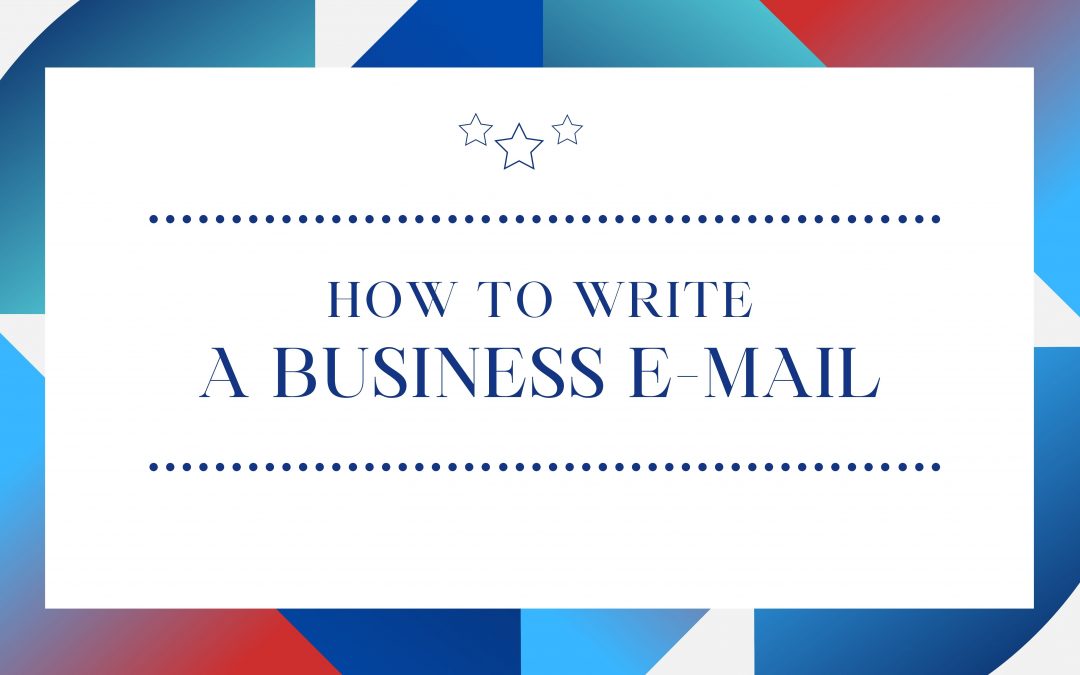5 tips to write a Business E-Mail
Do you want to know how to write a Business E-Mail? A lot of my professional students are asking to focus their English classes on writing lately. There’s something about an email that makes you feel more exposed and vulnerable than when you’re speaking. It’s permanent and public and your overactive mind can imagine whole multinationals laughing at the minor mistake that you noticed just after clicking “Send”.
Lower your Expectations
First, relax… Your business contact is not some cruel teacher searching your writing for grammar lapses to persecute. They are busy. They read their mails as fast as you do and they’re scanning for useful information, not preposition usage. If they possess the emotional intelligence of a goldfish, they will understand that you’re not using your first language and anyway, you’ll find that the tolerance of native English speakers is much higher than most for email errors, we make and accept them all the time. When your spelling system is as ridiculous as ours you learn at a young age that perfection is not a realistic goal.
Focus on the Message
Way back when business mail came in envelopes, they used to teach us that “transactional correspondence” follows three basic steps. You always start by stating your reason for writing. You then provide any necessary details in the following paragraphs before ending with a clear statement of the expected action that you hope your correspondent will take next in the conclusion. This structure is still useful when planning a tricky mail and it also gives you a framework to organise the English tools you need for the task.
Learn Useful Phrases
You can usually start with “I’m writing to ask, complain to or tell you about…”. You might prefer “I’m writing on behalf of someone or in response to something”, in which case, stop the sentence then restart with something like “We’d like to know…” to give other reasons for writing.
The details will vary, but you’ll usually find classic linking expressions useful here. For a complaint, you can contrast expectation with reality whereas in a proposal, you might want to predict results.
Your expected action will usually take the form of a request or instruction, depending on the situation and the relationship, but mostly, you just need a timely response. In these cases, the classic “I look forward to hearing from you” is perfect. It’s friendly while giving just a little bit of urgency.
If you’re thinking that the phrases above look a little formal for you, good. These rules are mainly for quite impersonal mails with people you don’t know well. You will hopefully have a rapport with many of your email contacts so clearly, you can relax a lot more. In my next blog, I’ll be looking at the thorny question of how and when to use formal and colloquial language in business writing. You might just be surprised…


